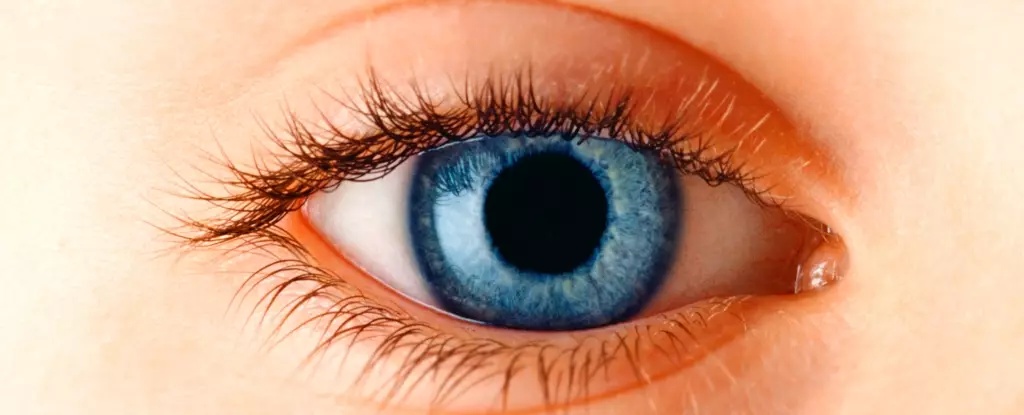The increasing prevalence of myopia, commonly referred to as nearsightedness, among children is a cause for alarm among health professionals and parents alike. As global studies indicate, nearly 35% of children worldwide are currently affected by this refractive error, with projections estimating that this figure could rise to 40%—translating into over 740 million children—by the year 2050. This trend sheds light on a significant public health issue, one that goes beyond mere inconvenience or blurred vision. If left unaddressed, myopia can lead to severe and potentially irreversible eyesight complications later in life. Thus, understanding myopia’s development, the inciting factors such as screen time, and available treatments is essential for fostering long-term eye health in children.
Myopia occurs when light entering the eye is not focused directly on the retina, primarily because the eyeball is elongated beyond average dimensions. This misalignment leads to a blurred perception of distant objects, markedly impacting a child’s ability to navigate their environment or excel academically. The delicate balance of eye growth is crucial for normal vision; disturbances during this growth phase can precipitate rapid myopia onset.
Recent comprehensive studies involving millions of participants emphasize a concerning rise in short-sightedness—especially among adolescents. For instance, an alarming forecast predicts that over 50% of individuals aged 13-19 could exhibit myopia by 2050. This information presents a stark warning: without proactive measures, the health of future generations’ vision is at stake.
The development of myopia is multifactorial, involving both genetic predispositions and environmental influences. Children with myopic parents are more likely to experience similar issues as they grow up, but external factors are increasingly recognized as significant contributors. One environment-related concern frequently highlighted is the amount of time children spend on digital devices. The design of modern screens often encourages close viewing, leading to extended periods of focusing at short distances—a practice linked to the onset of myopia.
Nonetheless, while reducing screen time may ease visual strain, a more significant factor appears to be children’s dwindling outdoor activity levels. Research suggests that spending an additional one to two hours per day outdoors can have a protective effect against developing myopia within a few years. Factors related to outdoor exposure, potentially linked to the intensity of natural light and its effects on dopamine release, might slow down eye growth—thereby lowering the risk of myopia.
The ramifications of untreated myopia extend far beyond difficulty seeing the chalkboard. Severe myopia, often referred to as high myopia, escalates the likelihood of serious eye conditions that could culminate in permanent vision loss. Common risks associated with high myopia include retinal detachment, glaucoma, and myopic maculopathy. Each of these conditions poses threats to vision that can alter a person’s quality of life.
Furthermore, the academic and social implications are profound. Children with uncorrected myopia may struggle in school environments, hindering their learning processes simply because they cannot see effectively. Therefore, early diagnosis and intervention are paramount in managing both the condition and its broader implications.
Fortunately, a variety of treatments are available for managing myopia in children. Traditional solutions like glasses or contact lenses can provide immediate clarity; however, they may not address the underlying progression of the condition. Within the realm of myopia control, progressive approaches are being developed.
Orthokeratology, for instance, employs specialized rigid contact lenses worn overnight to reshape the cornea, resulting in improved vision by day without the need for corrective eyewear. Another option is atropine eye drops, which have been shown to slow the rate of myopia progression effectively. These treatments are beneficial as they allow for safe management of the condition while reducing the risk of complications.
In light of the rapidly emerging data on myopia, it is crucial for parents to prioritize their children’s eye health. Regular visits to an optometrist for comprehensive eye examinations are vital in identifying and addressing potential myopia early on. Each child’s vision is unique, and tailored intervention strategies can significantly impact long-term ocular health. Vigilance regarding myopia can pave the way for brighter, clearer futures for our children—protecting their eyesight and enhancing their quality of life.

